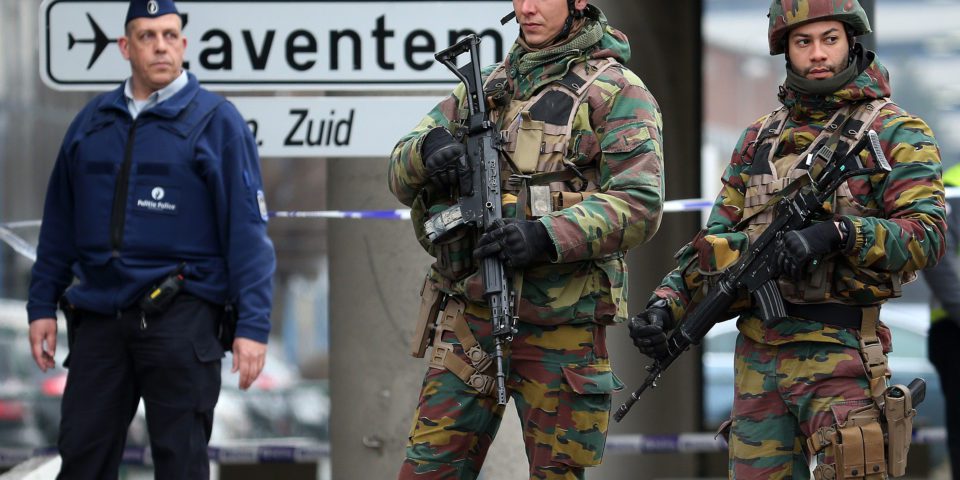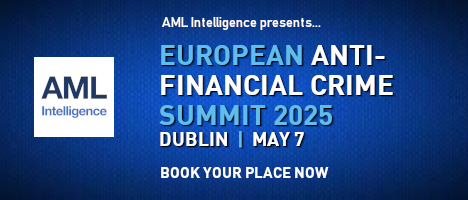
By Elliot Berman
from AML RightSource
Terrorism and extremism are continuing global threats – that is clear from the latest report from Europol.
The policing agency based in the Hague assists member states in the European Union (EU) with their anti-terrorism and anti-extremist efforts. As part of that effort, Europol publishes the Terrorism Situation and Trend Report (TE-SAT) annually.
TE-SAT is a compilation of the terrorist environment by the member states and Europol. TE-SAT 2023 – covering activity in 2022 — was issued in June 2023.
Since the EU is a multi-nation group, it is essential to understand how these countries work together in a unified anti-terrorism regime. Generally, the EU adopts Directives that set out a legal framework for the topic. The member states are then given a period to pass national legislation aligned with the directive.
‘Terrorists use legal business structures, collecting donations and membership fees, and criminal activities to fund their actions’
EUROPOL
Following this process, the EU adopted Directive 2017/541 on combatting terrorism, requiring member states to “transpose into their national legislation” by September 8, 2018. A vital element of the Directive is harmonizing the definition of terrorist crimes.
TE-SAT divides its examination of terrorism and extremism into these categories:
- Jihadist terrorism
- Right-wing terrorism
- Left-wing and anarchist terrorism,
- Ethno-nationalist and separatist terrorism, and
- Other forms of terrorism and extremism.
Key Findings:
In laying out the terrorism and extremism landscape in the EU, TE-SAT 2023 provides a comprehensive look at the member states’ efforts to detect and interdict terrorist activity. The report identifies 10 key findings:
1. Terrorism continued to seriously threaten EU Member States in 2022. Twenty-eight completed, failed, or foiled attacks were recorded in the EU. Sixteen attacks were completed, of which the majority were attributed to left-wing and anarchist terrorism (13), two to jihadist terrorism, and one to right-wing terrorism.
2. 380 individuals were arrested by EU Member States’ law enforcement authorities in 2022 for terrorism-related offenses.
3. Court proceedings in 2022 resulted in 427 convictions and acquittals for terrorist offenses.
4. Most left-wing terrorist attacks were perpetrated utilizing improvised incendiary devices, fire accelerators, and improvised explosive devices.
5. In the EU, affiliation with particular groups, such as ISIS and al-Qaeda, is becoming less prominent among supporters of jihadism.
6. Right-wing terrorists and extremists propagate many narratives, mainly online.
7. Police personnel were a key target of violent attacks by left-wing and anarchist extremist actors in 2022.
8. The internet and technology remained pivotal enablers of propaganda and radicalization, and recruitment of vulnerable individuals into terrorism and violent extremism.
9. Although rooted in different ideologies and backgrounds, terrorists and violent extremists have common interests and practices.
10. The most visible reactions to the Russian war of aggression against Ukraine emerged in the first months of the war, mainly in the right-wing extremist milieu, materializing in online posts and a limited number of right-wing extremist affiliates traveling to join the battlefield.
Selective Insights into TE-SAT
One section of TE-SAT focuses on the impact of technology and the internet. The report notes that “social media platforms, instant messaging applications, online forums, and video gaming platforms – continues to play a crucial role in the radicalization and recruitment process of individuals and in spreading propaganda material, arguably across the entire ideological spectrum.”
TE-SAT goes on to recognize the use of:
- Encrypted messaging platforms for communications
- Gaming-adjacent media to recruit sympathizers and followers and to disseminate propaganda
- 3D printers to manufacture and deploy weapons
- Virtual assets, in particular cryptocurrencies, to finance operations
Another section of TE-SAT explores terrorism financing. Terrorists use legal business structures, collecting donations and membership fees, and criminal activities to fund their actions. Some of the legal business structures being used to gather and launder funds include:
- Bars
- Coffee shops
- Gas stations
- Kiosks
- Restaurants
- Pubs
Terrorists are also using economic and financial crimes to amass funds, including:
- Tax fraud
- Tax evasion
- Social benefit fraud
- Illegal use of public funds
A Look Forward
TE-SAT includes an analysis of the outlook for the potential future terrorism landscape. The analysis identifies five trends to watch:
1. The thinning delineation between different types of terrorism – the distinctions among the various types of terrorism are blurring. Shared elements, including similar themes in their propaganda, target selection, and tactics, are becoming more evident.
2. Right-wing, left-wing, and environmentally inspired terrorism and violent extremism are expected to gain further prominence – right- and left-wing activity will be more central in the landscape. Climate change is likely to fuel increases in environmental extremism.
3. Geo-political developments outside the EU – instability and weak governance in areas around the globe will be exploited to gather more supporters. As operational capabilities increase, member states may become more frequent targets.
4. The online environment and emerging technologies – themes permeating the online environment will lower the bar to accessing terrorist and extremist domains. The metaverse and other new platforms may disseminate propaganda and support radicalization and recruitment. New technologies may also make new, more potent weapons available, support more sophisticated disinformation, like deep fakes, and create more vulnerabilities to exploit in attacks.
5. Lone actors – acting alone but not unconnected – with radicalization becoming easier, terrorist organizations may manipulate lone actors and direct them at member state targets.
Continued vigilance by law enforcement and financial crime prevention professionals is crucial in identifying, reporting, and interdicting terrorists and extremists. A critical activity is periodically reviewing your prevention program to identify gaps or institute changes.
If you would like assistance with a program review, fill out our contact form on www.amlrightsource.com and we will start the conversation.
- AUTHOR BIO: Elliot Berman is Brand Content Manager, Thought Leadership with AML RightSource
Share this on:
Follow us on:











